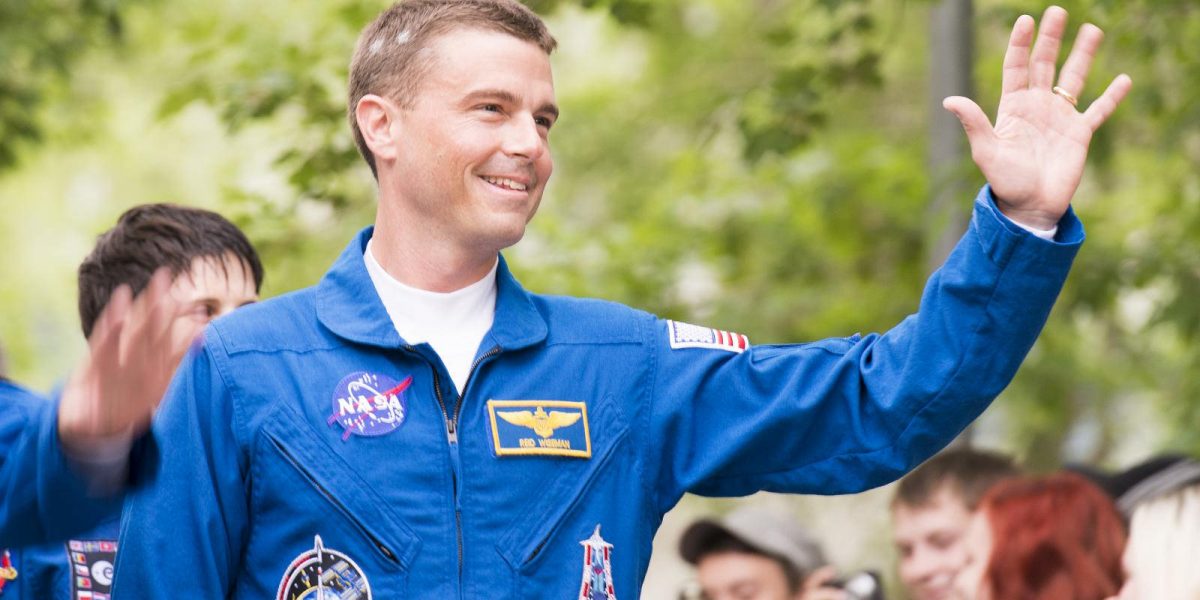Science & Technology
Cameo: Reid Wiseman
We interview the astronaut who spent six months on the International Space Station.
You grew up in Cockeysville and went to Dulaney High. What sparked your interest in space and/or flight?
I had a keen interest in flying for most of my childhood although I didn’t actually fly an airplane until I joined the Navy many years later. I think having the A-10s at Martin [State Airport in Middle River] fly over our house all the time and seeing the Blue Angels at the Naval Academy was what really sparked my interest in flying.
I also distinctly remember the space shuttle flying over Towson on the back of the 747 when I was young. I didn’t understand why but thousands of people crowded parking lots to watch it fly over so I knew it was something special. I also was very impacted by the Challenger disaster in 1986. We were in the cafeteria watching when that occurred. Oddly, I think that tragic event had a big part in my fascination with spaceflight.
Before NASA, you flew fighter jets for the Navy in combat. What’s scarier: flying into combat or being propelled into space on a missile?
I’d have to answer that with a “yes” and a smirk. Both were scary for their own reasons. Combat was scary because it was very personal, if that makes sense. Spaceflight is scary at times because of the enormous energy involved in getting us off the planet and back. Any time humans play with that much energy there is a chance for failure. I would get nervous roughly three days before any big event—launch, a spacewalk, landing. But as the event would approach, those nerves would turn into adrenaline and joy.
From May to November 2014, you lived on the International Space Station. What were the best and worst parts?
The best part was everything—the view of Earth, floating, working on the science, living with a multinational crew, watching how simple things like water behave in microgravity. The worst part was knowing that we were working on experiments and hardware that cost millions of dollars and were usually unique with no spares, so making a mistake could be very costly. Just like with every job, there were many good days but also some tough days that really tested our resolve.
You gained quite the social media following during your mission. What made you want to engage that way?
I honestly had no idea it would become so successful. I simply wanted to try to share the view of a rookie astronaut flying into space. I wanted to share the personal side. What does it feel like to be in such a crazy place? What is good? What is bad? I also pushed hard to get Vine up and running so we could put our world into motion on the Internet. That was incredibly successful and really fun to work on. In the end, Twitter was an amazing yet accidental journal of my time in space.
What’s the first creature comfort you reached for once you returned from space?
I wanted a pizza really bad toward the end of my mission, but then, on the plane ride home, I saw a fresh green salad and I dove in. I hadn’t had fresh lettuce in half a year and that hit the spot in a big way. If food doesn’t count as a creature comfort, well I guess the other answer would unfortunately have to be the old smartphone. Although I don’t use it nearly as much as I did before my mission. There is a big beautiful world out there and sometimes you gotta put down the phone to just soak up the beauty of everyday life.
